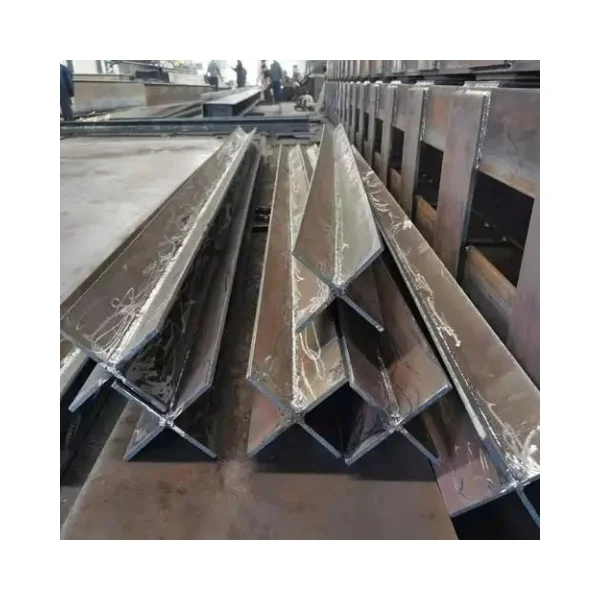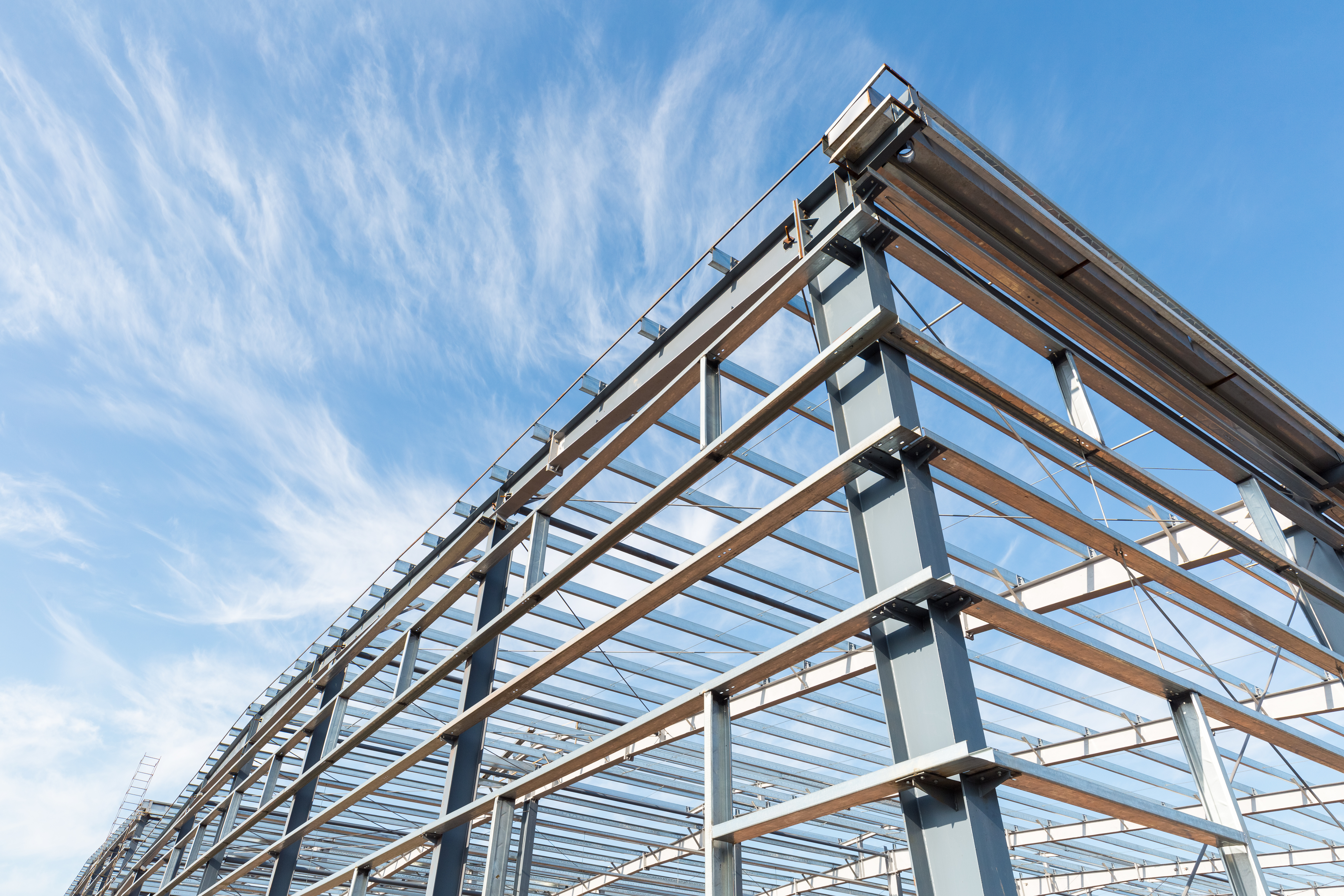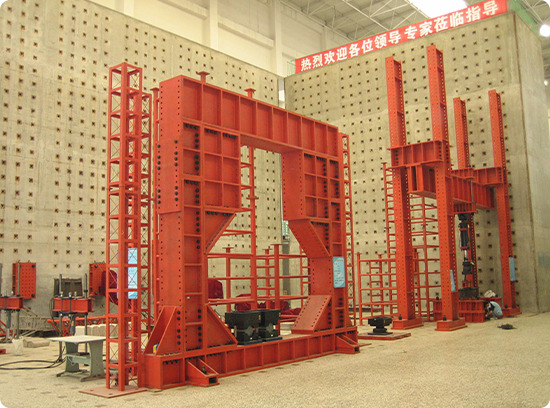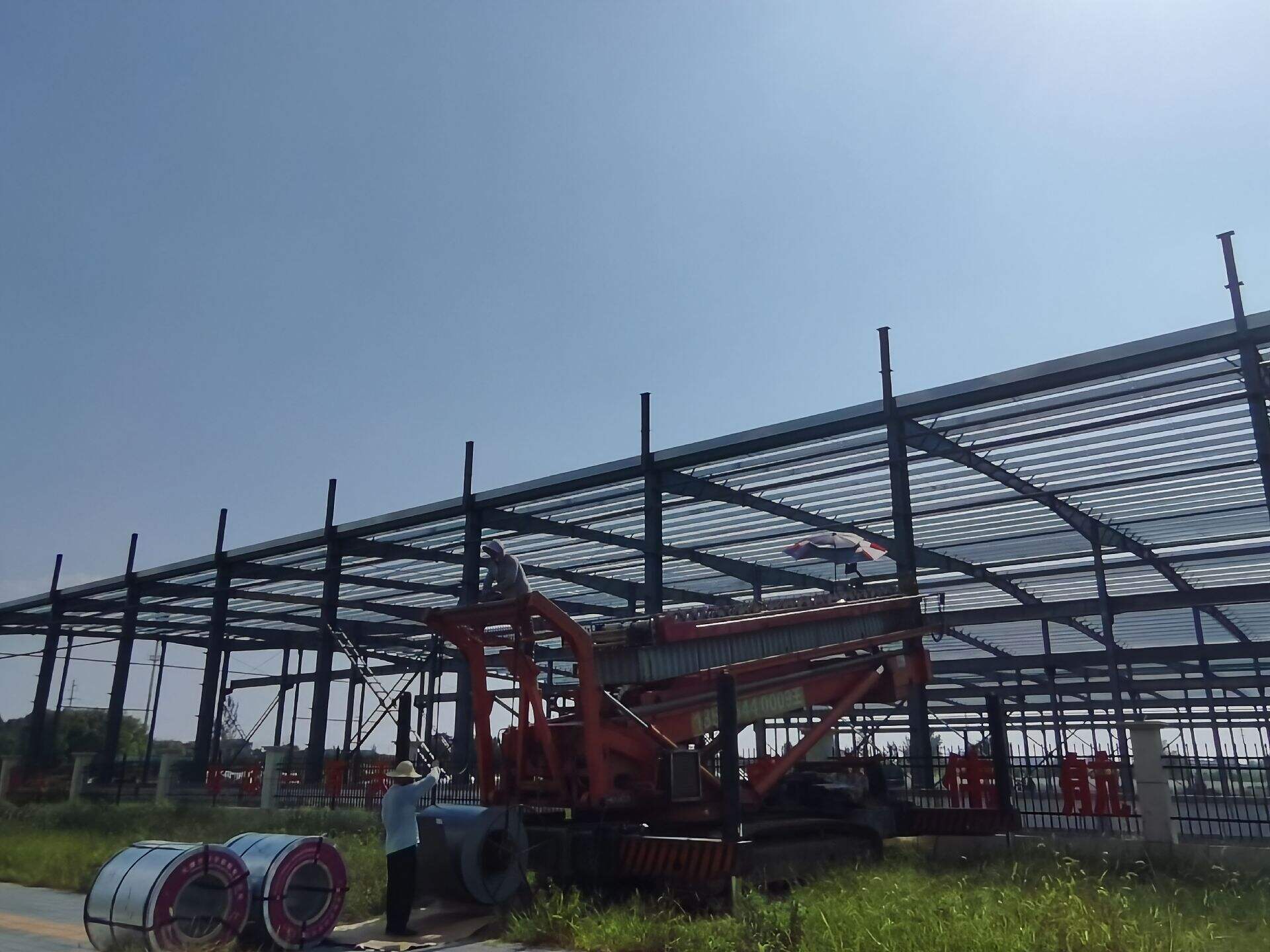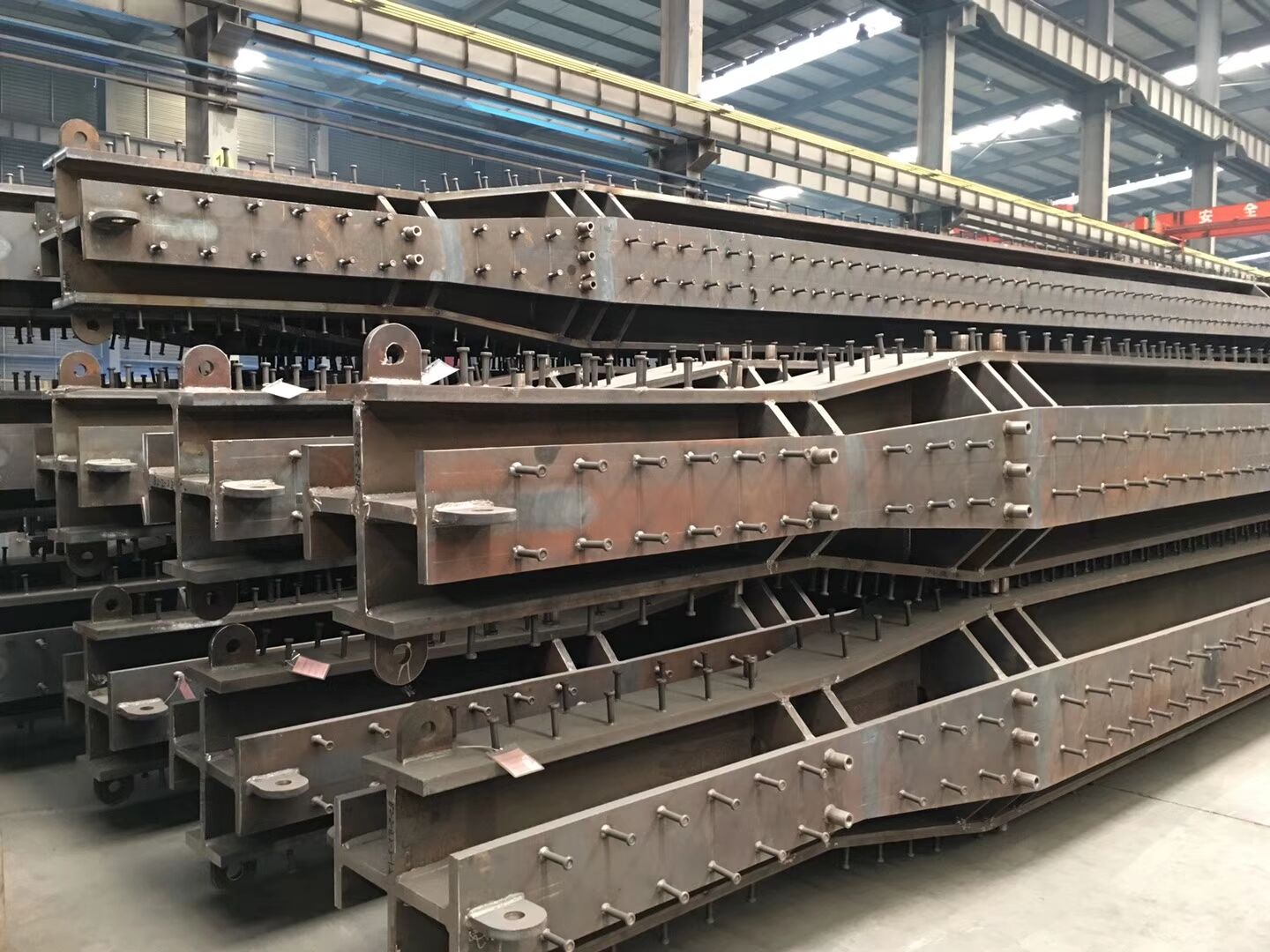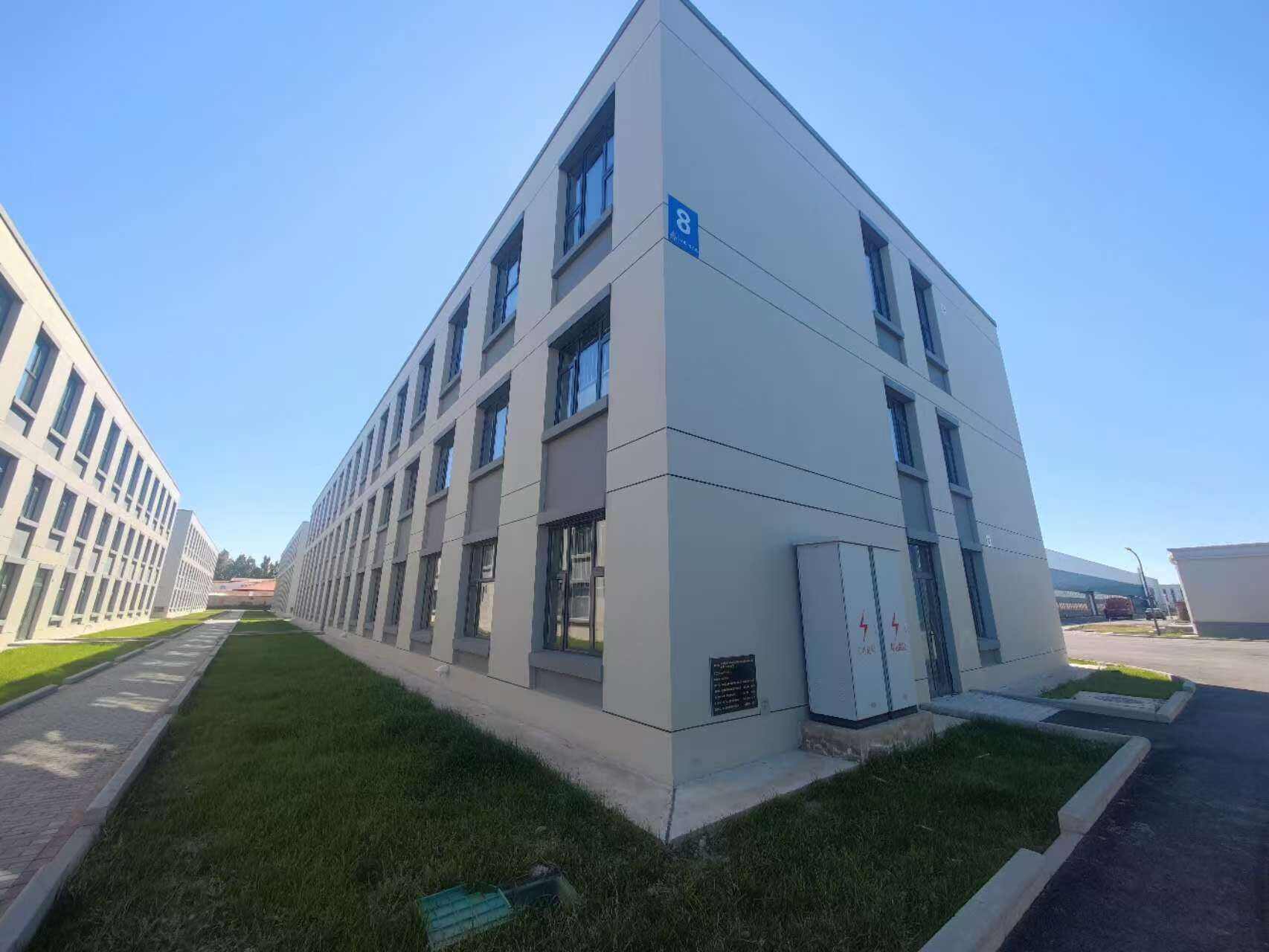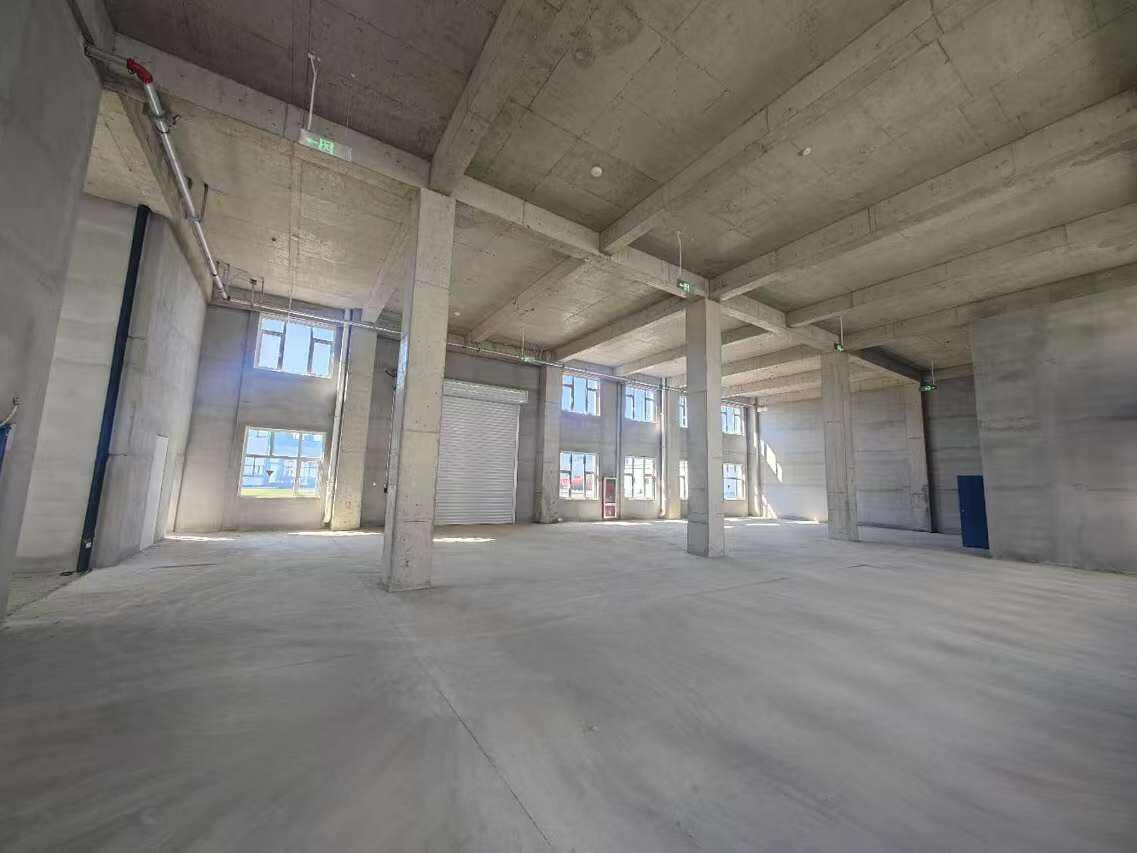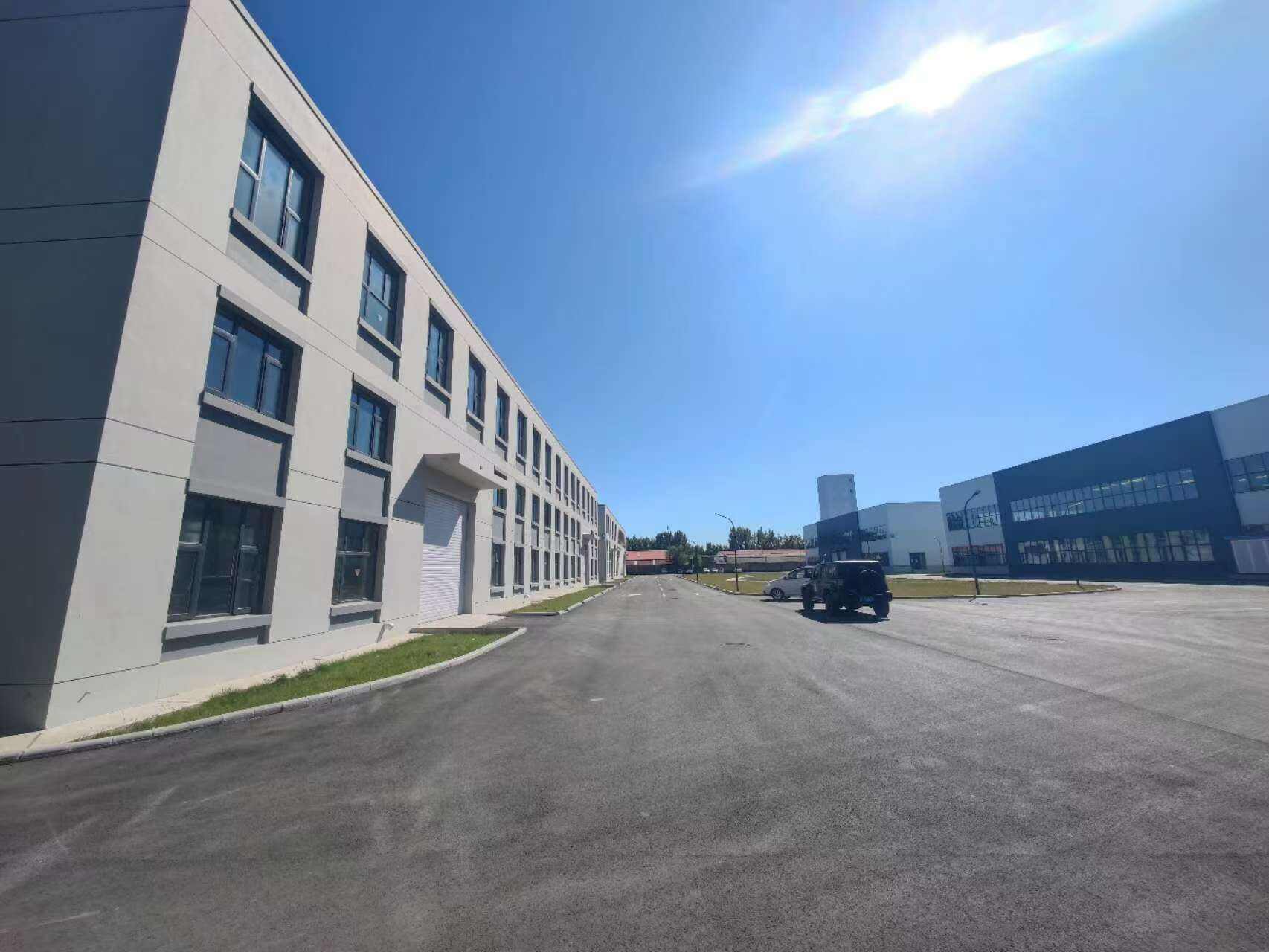modular steel buildings
Modular steel buildings represent a revolutionary approach to modern construction, combining efficiency, durability, and versatility in one comprehensive solution. These structures are engineered with precision-manufactured steel components that are fabricated in controlled factory environments before being transported to construction sites for assembly. The buildings utilize advanced structural steel frameworks that can be customized to meet various architectural requirements and functional needs. Each module is designed with precise specifications, incorporating electrical, plumbing, and HVAC systems that can be seamlessly integrated during assembly. The technology behind modular steel buildings employs sophisticated computer-aided design (CAD) systems, ensuring exact measurements and perfect fit of components. These structures find applications across diverse sectors, including commercial facilities, industrial warehouses, educational institutions, and healthcare facilities. The modular approach allows for rapid deployment and installation, significantly reducing construction timelines compared to traditional building methods. Additionally, these buildings can be engineered to meet specific regional building codes and environmental requirements, including wind loads, seismic conditions, and energy efficiency standards.




